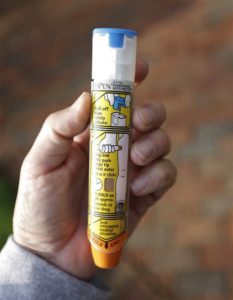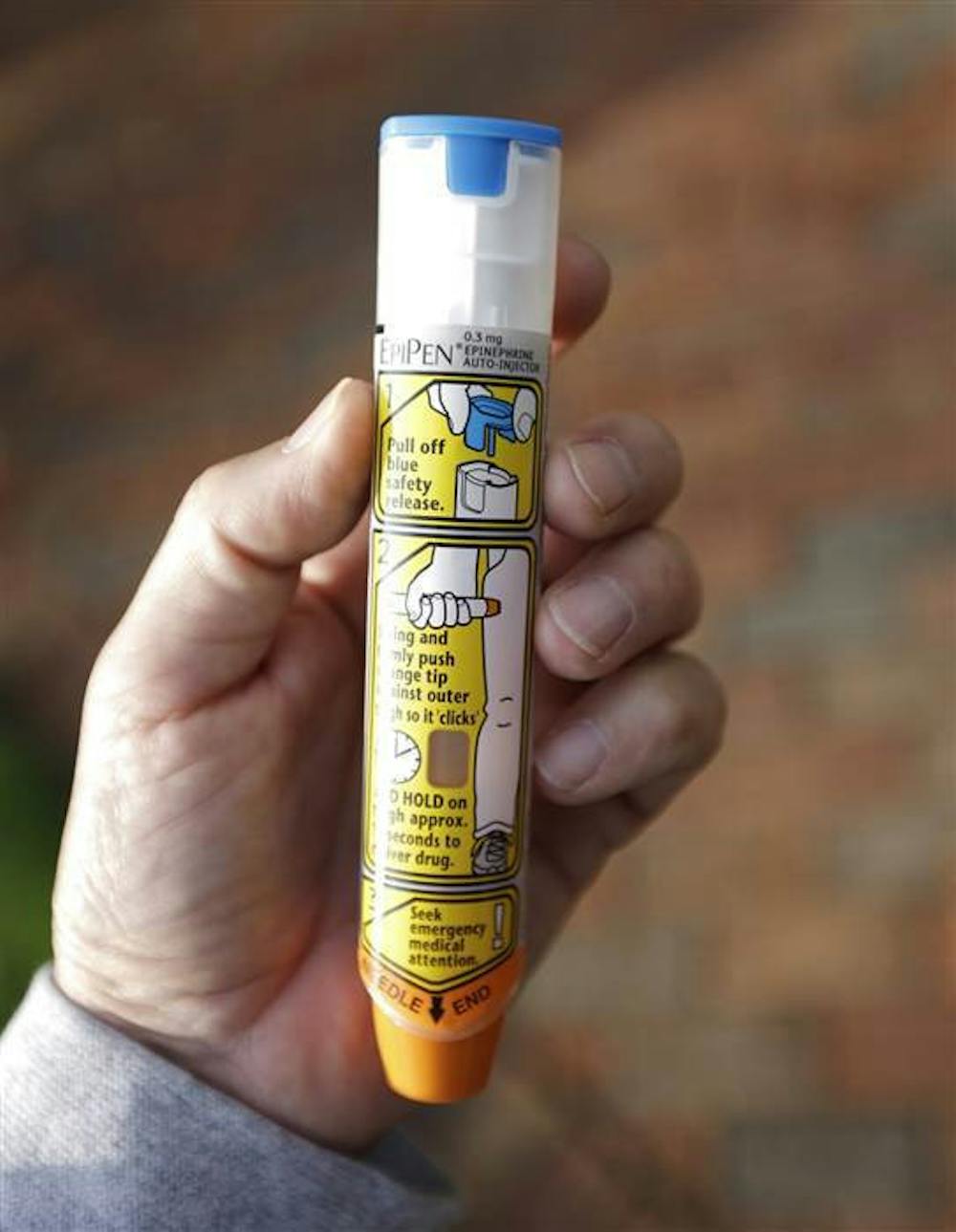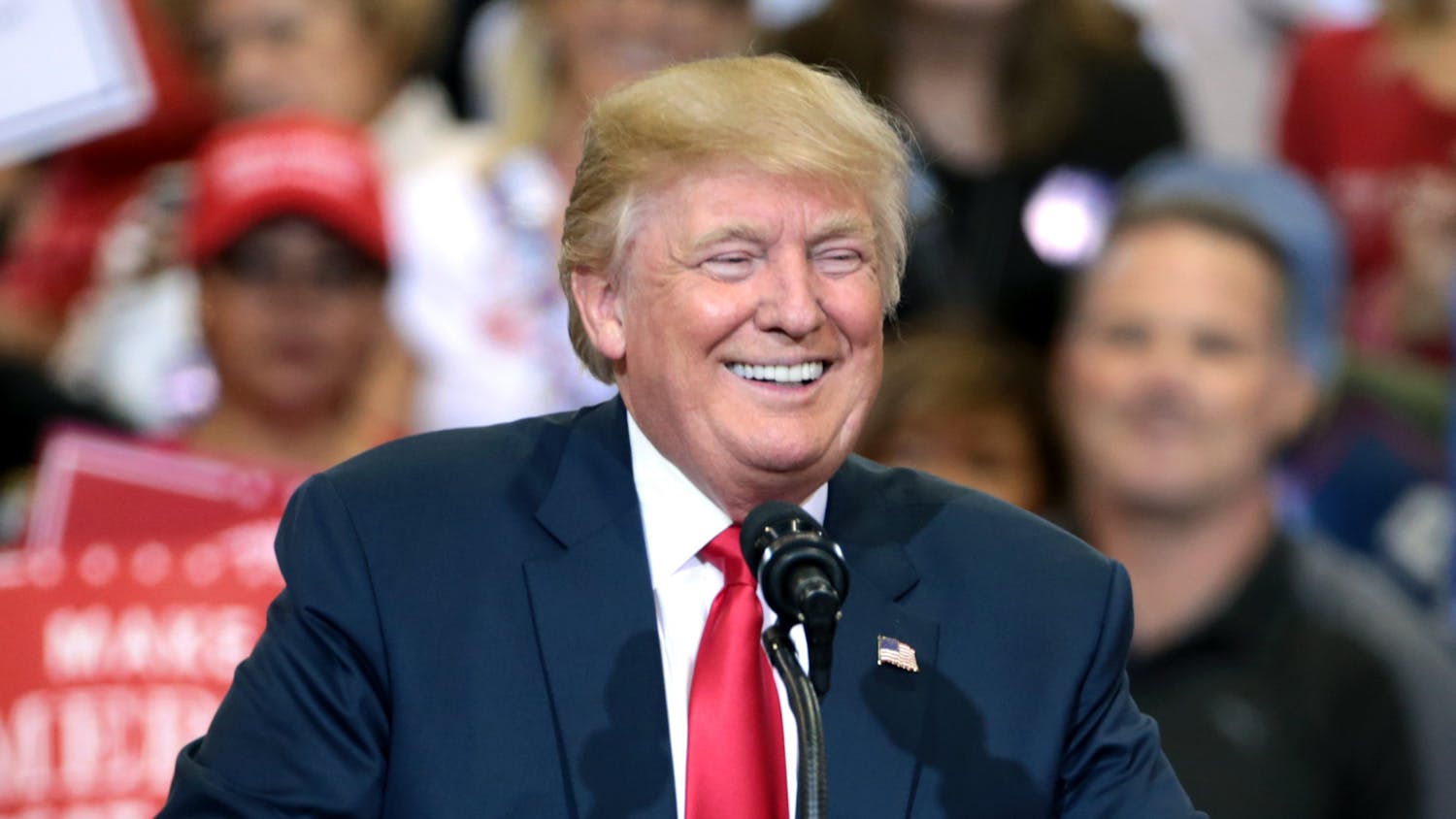By Shree Nadkarni
This year has been a bad one for the pharmaceutical companies all over. From pharmaceutical executive Martin Shkreli, who raised the price of the drug used to treat toxoplasmosis and prevent malaria, Daraprim, from $13.50 to $750 to Valeant Pharmaceuticals International, a corporation which raised the prices of heart drugs Isuprel and Nitropress, there has been very visible outrage against the industry — and for good reason.
However, the drugs that we pay for are drastically less than what companies charge for brand-name drugs, partly because discounts and rebates lower the effective price of a drug. In many cases, pharmaceutical companies continue to gouge prices and keep patients who need the medication the most vulnerable to rising prices because of less competition in the market.
In 2007, Mylan bought the EpiPen, a very easy and popular form of distributing epinephrine when undergoing anaphylaxis, at $57 a piece. Epinephrine is very cheap, even in developing countries, as it costs “less than a dollar per milliliter,” according to The New York Times.
Those who need the correct dosage rely on EpiPens to survive an allergic reaction, and luckily for Mylan, epinephrine degrades every year, meaning it must be replaced annually. When Mylan realized it had a market it could capitalize on, company executives raised the price of EpiPens in 2010, 2013 and 2015. As of last May, EpiPens cost over $600 for a pack of two, The New York Times reported.
We need to realize that the system isn’t broken — rather, it was built this way. Everyone who is involved in the $3 trillion health care industry, buyers and sellers alike, are all self-motivated actors who are looking out for their interests. The good news for buyers is that about 80 percent of our drugs in the marketplace are generics, which means that they sell for less than $10 at our local pharmacies, according to The New York Times.
However, in the case of the EpiPen, we have no alternative. The closest alternative, Auvi-Q manufactured by Sanofi, was pulled off the market a year ago, and the next closest alternative, Adrenaclick, is usually not prescribed by doctors because of its seemingly shoddy performance. Although Adrenaclick is vastly cheaper than an EpiPen, when you’re a parent of a child with allergies or you have allergies yourself, you don’t want to play Russian Roulette when injecting epinephrine.

The best choice, then, is to write to congressmen and senators and lobby for change, but even sometimes, that is fruitless. Sen. Ron Wyden of (D-Ore.) and Rep. Frank Pallone Jr. of New Jersey, for example, wrote a letter to the Department of Health and Human Services to classify the EpiPen as a generic or brand-name drug, as reported on senate.gov. However, the rebate offered by Mylan would bring the price of the drug to $300 for a pack of two EpiPens — effectively 50 percent of the original price — but about four times the price at which the company had purchased it.
Curiously enough, Mylan also already had donated more than $100,000 to the Clinton Foundation in 2009 to try to find a low-cost alternative to HIV drugs, according to the New York Post. Even though our best efforts may convince politicians to try and take actions, we must deal with the prices of drugs by continuing to bring it to the front of the stage to take action against it.
Given all this information, what can we glean from this episode? We can learn to dig deeper, question entrenched attitudes and biases against the poor. We can bring awareness against the gouging of the industry by being self-interested, and not be complacent whenever we hear about the next price raise. When companies continue to raise the price of drugs, they are doing it in their best interests and we, in turn, need to take our best interests into account and resist the changes as strongly as we can. For some, it can mean the decision between life and death.







